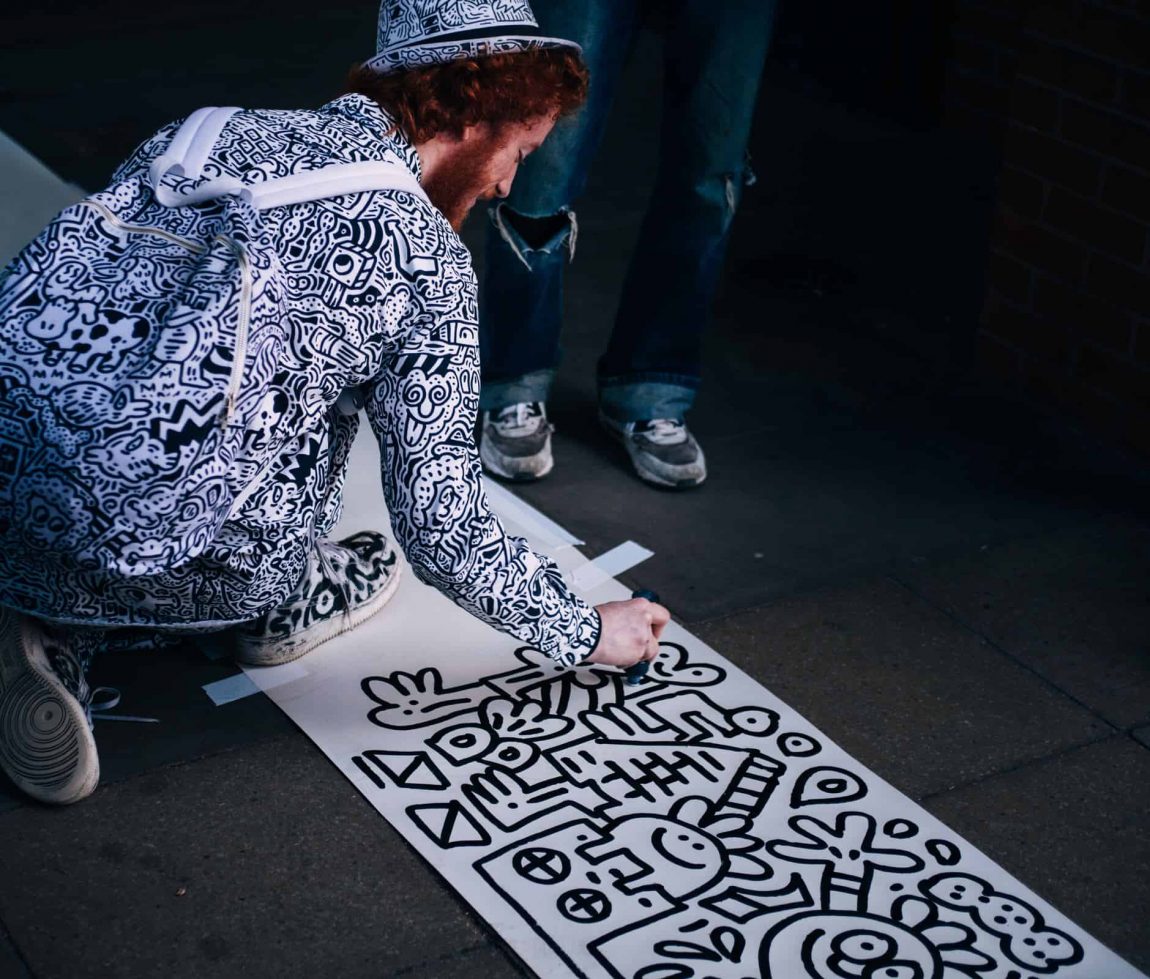Key Takeaways
- Defining an Artist: Explores the varied definitions and historical context of what constitutes an artist.
- Historical Evolution: Traces the evolution of the term ‘artist’ from ancient times to the modern era.
- Role of Muses in Greek Culture: Details the role of Muses in ancient Greek culture and their absence in visual arts.
- Art and Skill: Discusses the relationship between art, skill, and beauty.
- Artist vs. Artisan: Examines the distinction and evolution of the terms ‘artist’ and ‘artisan.’
- Professional Landscape for Artists: Provides insights into the training, employment, and economic aspects of being an artist.
Ah, the life of an artist! It’s a journey filled with passion, creativity, and an enduring quest to express the inexpressible. Let me take you through the vibrant tapestry of what it means to be an artist, drawing from the rich colors of history, culture, and personal experience.
Who is an Artist?
Once, during a stroll through a quaint village in Wales, I came across an artist deeply absorbed in painting a landscape. That moment encapsulated the essence of being an artist – a person who’s not just creating art but living it. Whether it’s through painting, music, or dance, artists are the heartbeat of cultural expression. I remember reading that the term ‘artist’ originally referred only to practitioners in the visual arts. However, over time, it’s embraced musicians, performers, and, interestingly, even writers in certain contexts.
A Journey Through Time
The story of the ‘artist’ term is as fascinating as a plot from an epic novel. Originating from the Greek word “techně,” which denotes mastery of any craft, it evolved over centuries. In ancient Greece, artists, particularly sculptors and painters, were seen more as skilled laborers than revered creators. This perception always struck me as intriguing, considering the profound legacy of Greek art.
Muses and Inspiration
Speaking of Greece, their culture honored the Muses, goddesses overseeing various arts and sciences. However, none presided over painting or sculpture, highlighting a curious gap in ancient artistic recognition. Imagine a world where the Muses inspired every art form – perhaps that’s where the seeds of Renaissance were sown!
Art, Skill, and Beauty
Delving into the semantics, ‘art’ comes from Latin ‘ars’, suggesting both skill and beauty. This dual meaning has always resonated with me. It’s not just the technical skill that defines art; it’s also the inherent beauty that it brings forth. Whether it’s a meticulously crafted vase or a spontaneously painted mural, both skill and aesthetic value play pivotal roles.
Artist or Artisan?
The distinction between ‘artist’ and ‘artisan’ is particularly striking. In the Middle Ages, an artist was more akin to a skilled craftsman. The Renaissance, however, brought a seismic shift, emphasizing the intellectual prowess of the artist. I often muse over how this shift has shaped modern perceptions of art and creativity.
The Artist’s World Today
Fast forward to today, the life of an artist can be as challenging as it is rewarding. With diverse paths like craft artistry and fine artistry, artists express themselves in myriad ways. Yet, the economic realities are stark. Many juggle multiple roles to sustain their passion. The median income figures for artists, though modest, don’t quite capture the richness they bring to our world.
In conclusion, being an artist is an ever-evolving journey, rich with history, influenced by culture, and marked by personal struggles and triumphs. It’s a path less about the destination and more about the experience – a continuous dance with creativity, skill, and expression.
Frequently Asked Questions
- What Defines an Artist?
An artist is someone engaged in creating, practicing, or demonstrating an art, commonly in the visual arts, but also in music, performance, and even literature in certain contexts. - How Has the Definition of an Artist Changed Over Time?
Historically, artists were seen more as skilled craftsmen. This perception evolved, especially during the Renaissance, to emphasize the intellectual and creative aspects of artistry. - What’s the Difference Between an Artist and an Artisan?
An artist is generally seen as someone who creates art primarily for aesthetic purposes, while an artisan focuses on creating functional works that can also be artistic. - What Role Did the Muses Play in Ancient Greek Culture?
The Muses in Greek mythology were goddesses who inspired different fields of human creation, including music, poetry, and science, but interestingly not visual arts. - What Are the Economic Realities for Artists Today?
Many artists work part-time and often have a second job, with median incomes for fine artists and craft artists being modest compared to other professions.





